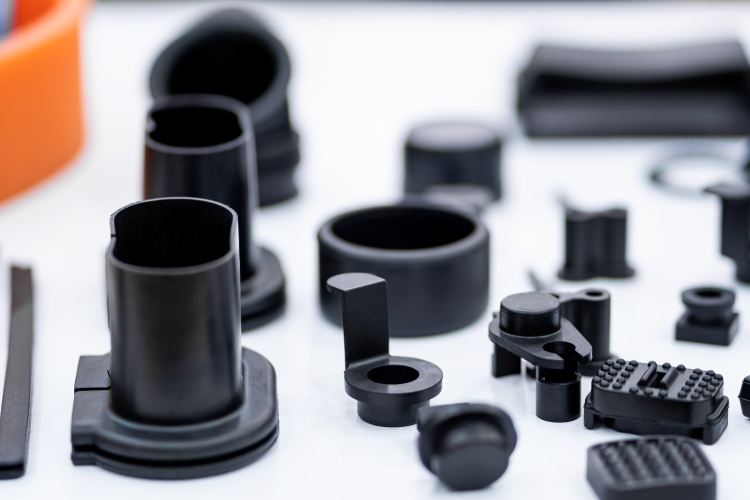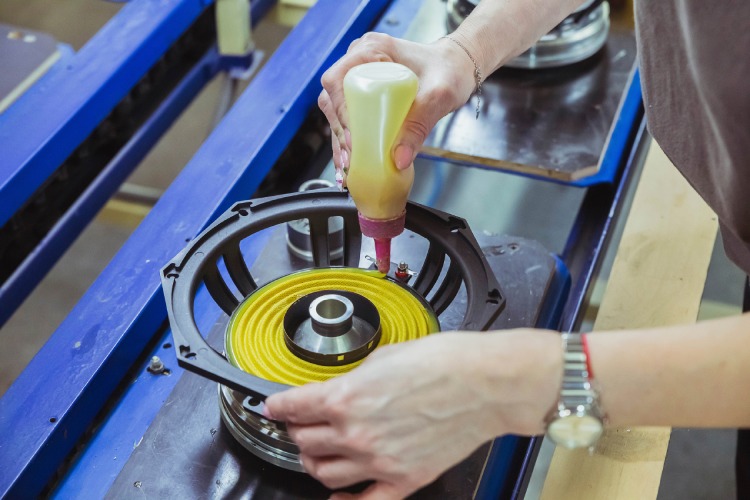
When it comes to manufacturing, there are two main types: low volume and high volume. Low volume manufacturers service smaller projects, while high volume manufacturers service larger projects that offer cost savings with economies of scale.
However, not all businesses are the same, and many may be debating low volume vs. high volume manufacturing. In this blog post, we will discuss the pros and cons of high volume vs low volume manufacturing so you can make the best decision for your business.
What is Low Volume Manufacturing (LMV)?
Before comparing high volume vs low volume manufacturing, we need to understand the definition of each. Low volume manufacturing is the process of manufacturing products in small quantities. This type of manufacturing is typically used for prototypes, custom products, or limited-edition runs.
Low volume manufacturers generally have shorter lead times and can be more flexible with design changes than their high volume counterparts.
What are the Pros of Low Volume Manufacturing?
There are several benefits to low volume manufacturing, including:
- Lower minimum order quantities
- Lower overhead costs
- Less material waste
- Greater flexibility with design changes
Low volume manufacturing is typically a more cost-effective option for small businesses or businesses that are introducing a new product to the market. When comparing high volume vs low volume manufacturing, you need to consider the variety of products needed. Low volume high variety production is possible, giving more flexibility in meeting consumer demands.
What are the Cons of Low Volume Manufacturing?
Despite the many benefits of low-volume manufacturing, there are a few potential drawbacks, including:
- Higher unit costs
- Longer lead times
- Limited production capacity
If you need a large number of products quickly, low-volume manufacturing may not be the best option. However, if you're looking for a more cost-effective solution for a small batch of products, low-volume manufacturing could be the perfect fit.
What is High Volume Manufacturing?
High volume manufacturing is the opposite of low volume manufacturing – it's used to mass produce products quickly and efficiently. High volume manufacturing is often used for products that have high demand, such as electronics or car parts.
What are the Pros of High Volume Manufacturing?
The biggest advantage of high-volume manufacturing is that it's fast. If you need a large number of products quickly, this is the best way to get them. High volume manufacturing is also very efficient, so you'll save on production costs.
Pros of high volume manufacturing include:
- Quick turnaround time
- Cost-effective for large orders
- Allows manufacturers to stay ahead of the competition
What are the Cons of High Volume Manufacturing?
The downside of high-volume manufacturing is that it can be inflexible. If you need to make changes to your product, it can be difficult and expensive to do so. You'll also have less control over the quality of your products, as each one is identical.
Cons of high volume manufacturing include:
- Limited production capacity
- Not cost-effective for small orders
- Requires a large number of resources
What is Low Volume High Mix Manufacturing?
Low volume high mix manufacturing, also called high-mix low-volume (HMLV), is the process of producing a lot of different products in small quantities. This is a common technique for producing one-of-a-kind and complex items with specific quality demands. HMLV production necessitates frequent job modifications, material changes, and equipment adjustments.
When it comes to high mix low volume manufacturing lines and a wide range of product demands, operators working in this type of environment are exposed to a lot of change. This can often lead to inconsistency and errors in the scheduling of jobs and materials.
The choice between high volume vs low volume manufacturing processes depends primarily on the market demand for a product. Market testing is often more feasible in low volume, high variety production, contrasting the usual approach in high volume vs low volume manufacturing. If you are bringing a new product to market, then high mix, low volume manufacturing might be most appropriate for you.
High mix low volume manufacturing allows you to conduct better market testing. It’s a much more convenient way to introduce and assess new products without the need for high volume manufacturing runs.
By doing so, you can minimize your financial risk and make tweaks to the product as demands change. While this is a more complex manufacturing process, high mix low volume manufacturing gives you adaptability that can give you and edge over your competitors.

What About Products with High Volume but Small Variety?
For products with high volume but small variety, there are a few different types of manufacturing processes you could use. The first is low volume injection molding, which is a process where molten plastic is injected into a mould to create your product.
With this method, you can produce large quantities of your product quickly and efficiently. However, one downside to this method is that it can be quite expensive to set up. If you have a small budget, this might not be the best option for you. You might initially focus on low volume manufacturing, and later shift your strategy to high volume vs low volume manufacturing based on market demand.
Another option for high volume but small variety products is low volume manufacturing. This is a process where your product is made using CNC machines, which are computer-controlled cutting tools. This method is more affordable than low volume injection molding, but it does have some downsides.
Another option is mass production, which is also known as high volume manufacturing. This is the most common method of manufacturing and it has a lot of advantages. One advantage of mass production is that it is very fast. This method is also very efficient and can produce large quantities of products quickly and cheaply.
The downside to mass production is that it can be quite impersonal. This method is also not well suited for products that require a lot of customization or detail.
Why is Mass Production Preferred for High Volume and Small Variety?
Mass production is often preferred over HMLV for high volume and small variety because it enables manufacturers to keep costs down, while still ensuring quality. This type of production is more efficient and less labour intensive, which often results in significant cost savings.
Distinct approaches are necessary when planning logistics and supply chains for high volume manufacturing vs low volume manufacturing. With low volume manufacturing, you don’t have to worry about having excess inventory. However, if you need to satisfy a larger demand, you should opt for high volume production.
That said, businesses looking to manufacture products in low quantities may find that low volume production is a better option. This is because low volume production is typically more flexible and can accommodate a wider range of product designs. Low volume contract manufacturing also allows you to have more control over the design and customization of products.
Low Volume vs. High Volume Manufacturing
So, which is right for your project? Should you use high volume vs low volume manufacturing? It depends on your needs. If you require a large number of parts quickly and can afford the unit cost, high-volume manufacturing may be the way to go.
However, if you need a smaller quantity of parts and have some flexibility on lead time, low-volume manufacturing could be the better solution.
Still not sure which is right for you? RCO Engineering has more than 43 years of experience in both low and high volume manufacturing. We’ve worked in aerospace, automotive, defense, and other industries. We can help you determine the best production method for your project, based on your individual needs. Contact us today to get started.
Work with professional manufacturers today and get a quote!

Comments